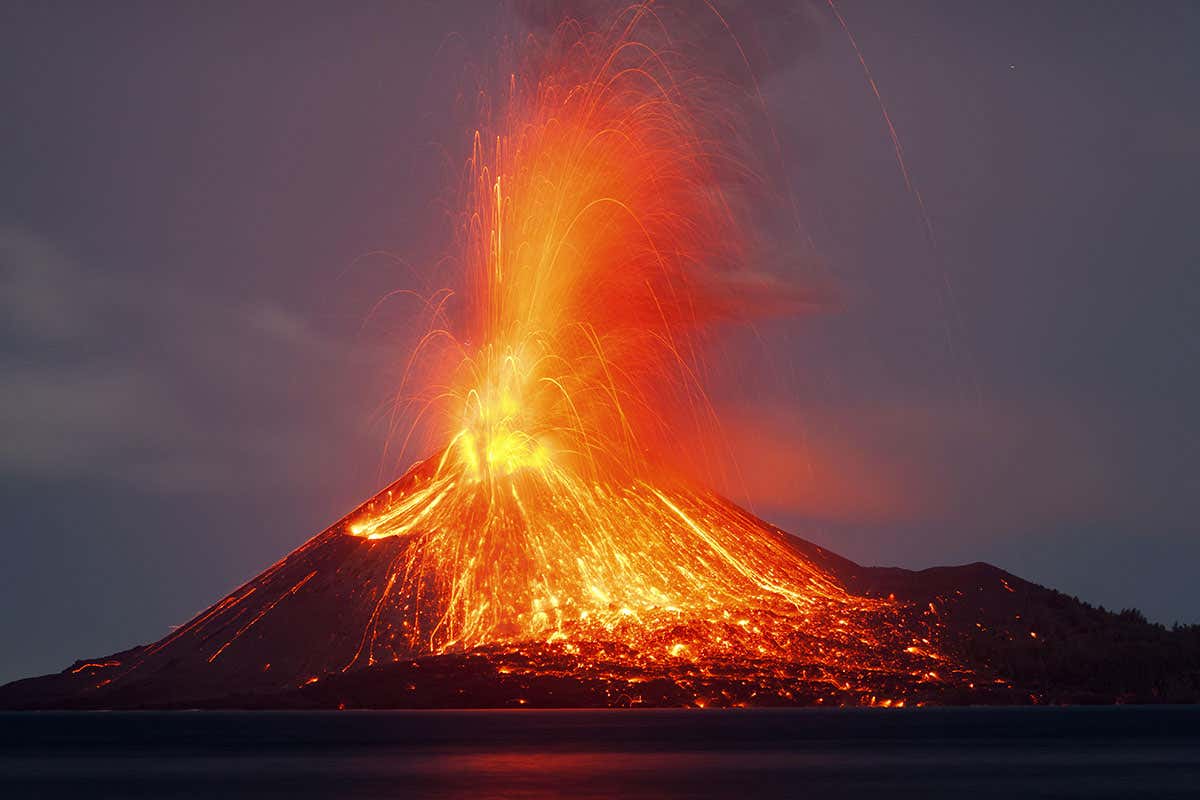It is convenient to think of the lower atmosphere, or troposphere, as one uniform and consistent mass of air. In reality this is not the case. Large pockets of air commonly form that are distinct from the surrounding atmosphere. We call these moving pockets of air air masses.
All air masses have three things in common. Without these three characteristics we would not consider a body of air an air mass. These three things are as follows:
- Firstly, an air mass must be large in size. Often they are more than 1,000 miles (1,600 km) across. In addition to being large horizontally across the landscape, they can also extend several miles, or kilometres, upward in altitude, extending high into the atmosphere.
- Secondly, an air mass must have a uniform and consistent makeup at all points within the air mass. This means that temperature, humidity and stability will be relatively the same at any point within the air mass.
- Thirdly, an air mass must be physically bound together, traveling across the atmosphere as a single unit. It must be sufficiently strong so as to not break apart as it is pushed along its course.
The Source of Air Masses
Air masses develop above parts of the Earth that have similar characteristics, such as the ocean, or a large forest. In order for an air mass to take form, the air must remain above that location for at least a couple of days before moving on. In order for the air to be stable enough to remain over a large area for a sufficient amount of time, generally there needs to be a high pressure in the area. Without this high pressure, the air will simply be too unstable, and will never acquire the uniform characteristics so important in an air mass.
Source Regions
Generally air masses form over large areas of the surface of the Earth that have similar characteristics. Because these regions are common sources of air masses, we refer to them as source regions.
A source region might be an ocean, a large forest, a desert, or open grasslands. Source regions must be large and have similar, or uniform, traits throughout.
In the Northern Hemisphere, cool air masses often form over the North Atlantic and Pacific Oceans, as well as over the Northern continents. Warm air masses generally form in the South Pacific and South Atlantic, and over the southern portion of continents. The opposite is true in the Southern Hemisphere.
Air Masses Move
As air masses leave their source region and begin moving to other areas, they bring with them the conditions that are common in the source region. For example, an air mass that formed over a northern region such as Canada will be cold, especially if it forms during the winter. As this air mass begins to move towards the south, it brings with it the cold temperatures that are common in the northern parts of Canada. When this happens, southern parts of the continent experience much cooler weather than they are used to.
As air masses travel they slowly change, taking on the characteristics of the location over which they are changing. Thus, in our example above, as the air mass travels from northern Canada towards the south, it slowly warms. It, however, still remains cooler than the air in that region would typically be.






